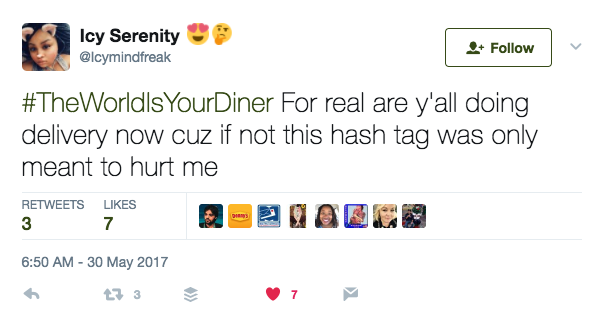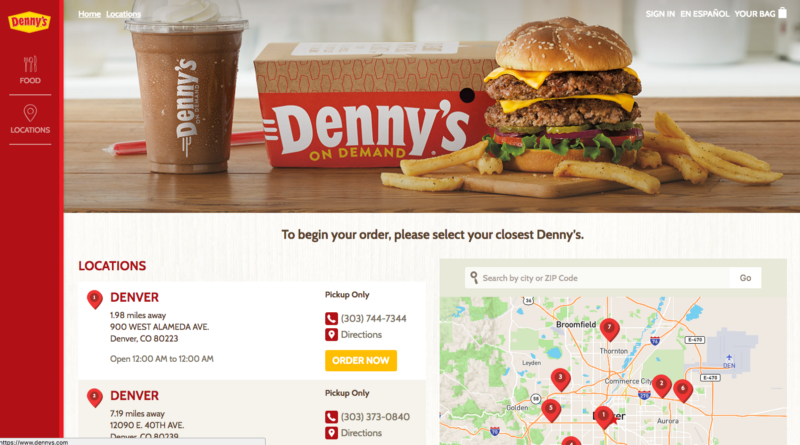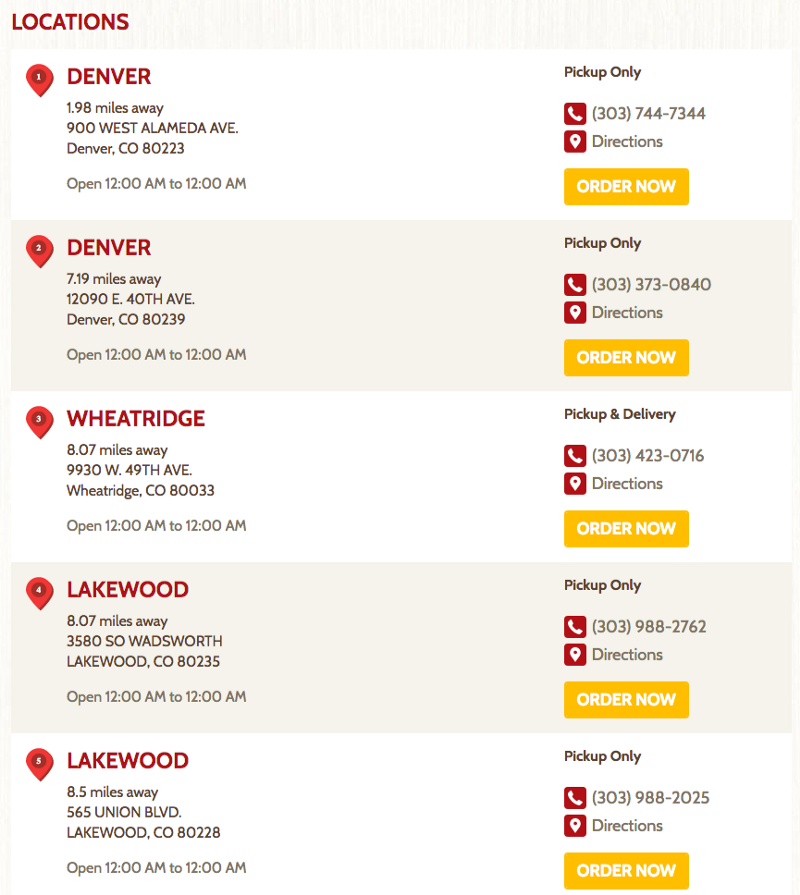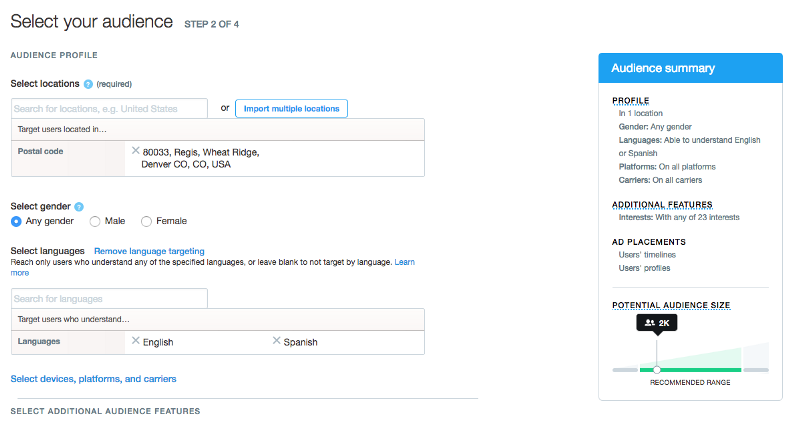
All too often, overeager brands decide that they can “handle” a campaign on their own. The trouble is, this seldom works out. Details fall through the cracks.

The reasons are varied. A CMO might be looking for a reason to warm up a connection with an old employer. The “young social media kid” might not have the internal capital to get taken seriously when they point out something is wrong. A naive management layer might decide that they are more interested in doing things that “feel comfortable,” than things that “push the boundaries.” Confused stakeholders might decide that staying quiet is easier than confronting the unknown.

The trouble is that the reason why it happens, doesn’t matter. What does matter is that getting a campaign right means getting the details locked. Inconsistent details lead to waste. Waste reduces the efficiency of your spend. That can mean leaving money on the table, but it can also mean needlessly antagonizing would be customers.

Which is a lesson Denny’s will likely learn in a few hours.
When you buy Twitter campaigns in sufficient volume, you’re presented with an opportunity to promote a trend. “Sufficient,” is a matter of debate, but by one metric you’re looking at spending 200k/day for the privilege.

As is true of many of the other ad products, you can draw your audience in such a way to draw attention to your product in a desired segment of the userbase.
Sometimes, it makes sense not to limit the audience when you’re planning a big roll out.

In situations like that, you might find buying using a fairly broad location filter (such as DMA groups) fairly attractive.
The trouble is, a national rollout is expensive. If you don’t need it: don’t pay for it.

For many advertisers, users are just points on a spreadsheet. That’s trouble.
Imagine for a moment, you were as I was, opening Twitter around the noon hour to take a look at what was going on in the world whilst deciding what to have for lunch.
You notice that Denny’s is now delivering, you get excited.
You click, with every intention of purchasing.

“Strange,” you think to yourself.
They’re advertising in the metro area, surely they’re rolling out delivery somewhere nearby.

One location.
In the suburbs.
So, Denny’s is running ads to the whole of the Denver Metro with the explicit intention of driving delivery sales — when only one location in an outlying burb can service the demand.
Out of curiosity, I fired up the ads manager to see how many users Twitter might have in the 80033 area.

That’s a grand slam, alright.

Share this post
Twitter
Facebook
Reddit
LinkedIn
StumbleUpon
Pinterest
Email